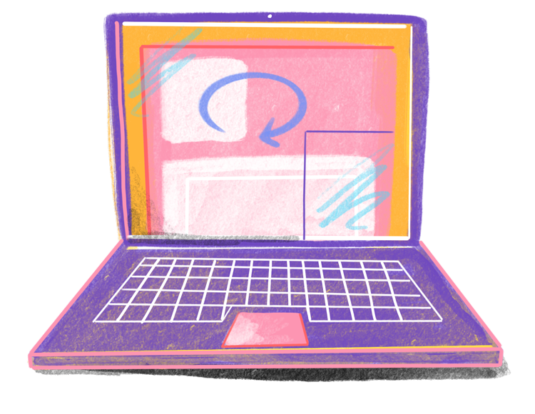Since April, the US has required healthcare providers to allow patients full access to their medical records—a milestone in a decades-long effort by a group of researchers and patients. Joanne Silberner examines the impact so far, and whether concerns have been borne out
Implementation
Patients Contributing to Visit Notes: Mixed Methods Evaluation of OurNotes
OurNotes interests patients, and providers experience it as a positive intervention. Participation by patients, care partners, clinicians, and electronic health record experts will facilitate further development.
The 21st Century CURES Act in Pediatric Gastroenterology
The information blocking (IB) prohibition component of the 21st Century CURES Act (21CCA) comes into effect April 5, 2021, which gives patients and their families near instant access to almost all clinical notes, lab results, and health data. … A committee of pediatric gastroenterologists reviewed the 21CCA regulation and compared local practice policies. Pediatric practitioners need to understand how age will affect local information release policies and to know which note types are released, paying special consideration to trainee notes and confidential information. Extraneous detail should be removed from notes, emotional labeling be avoided, and objective statements be made when referring to the care of other providers. Awareness of the 21CCA provides pediatric gastroenterologists with the opportunity to adapt their medical documentation practices to accommodate the new law.
Open Anesthesia Records: Guidance for Anesthesia Providers on Implementing the Cures Act
Open anesthetic records may empower patients. Armed with previous anesthetic records, patients may be better prepared to communicate prior adverse events or side effects. We may also see more patients who seek the same “cocktail” of anesthetics that were provided to them in the past or may ask for the same anesthesia providers who have cared for them. Overall, patients should be able to better communicate their satisfaction or dissatisfaction with prior anesthetic experiences. Anesthesia providers will also have access to a wealth of important information, like airway management details, from prior out-of-network anesthetic records.
Healthcare in the new age of transparency
A growing body of research supports the notion that sharing transparent medical records, including clinical notes with patients, can help to strengthen communication, trust in clinicians, and patient engagement. Patients receiving dialysis may receive particular benefits from this greater transparency due to their increased risk for fragmented care. In the paper, we review the decade of research focused on the effects of sharing clinical notes with patients and the implications for improved engagement and care.
A New Chapter in Patient-Centered Care: Sharing the Medical Note?
The 21st century has ushered in a distinct emphasis on patient-centered care in allopathic medicine, as manifested by the increasing implementation of patient-centered medical homes and the frequent use of patient-centeredness in guidelines, health systems, and insurance language (1–5). The overall goal of this movement is to improve communication between physicians and patients, ultimately increasing patients’ engagement in care and improving the shared decision-making process, and thereby increasing their proclivity to follow their physicians’ advice. The costs attributed to nonadherence are staggering, estimated at $290 billion for medication nonadherence alone (6). Efforts to improve this situation are clearly warranted.
Sharing visit notes: Getting patients and physicians on the same page
Shared notes enhance communication and engagement among patients, clinicians, and family members and can be an important facilitator of shared decision making. Patients report valuable clinical benefits, including improved adherence to their medications and treatment plans. Patients want transparency, and those who have experienced shared notes believe the practice should continue. Most providers who share notes want to continue the practice as well and do not report an increase in time spent writing notes.
OpenNotes: How the power of knowing can change health care
The OpenNotes initiative is engaging patients through shared clinical notes. What have we learned since its debut, and how will open access continue to change the health care landscape?
Your Patient Is Now Reading Your Note: Opportunities, Problems, and Prospects
Patients have unprecedented online access to their medical records. More than 6 million Americans can now read their doctors’ notes via patient portals, and continued rapid growth is likely. Sharing notes with patients may yield important health benefits, including increased patient empowerment and improved medication adherence. Seeing written information, including notes, helps patients remember the plan of care, reinforces patients’ positive behaviors, and strengthens the patient–doctor alliance.
Transparenz in der Arzt-Patienten-Kommunikation
Den Patienten den Einblick in die eigenen Gesundheitsinformationen zu gewähren, kann unter anderem ihre aktive Rolle verstärken. Sie sind daran interessiert, bei der Erstellung und Bereitstellung ihrer medizinischen Aufzeichnungen beteiligt zu werden. Da sich die Transparenz im Umgang mit medizinischen Dokumenten gegenwärtig ausbreitet, ist es wichtig, ein besseres Verständnis für Vor- und Nachteile zu gewinnen. Das gilt für Patienten und Ärzte gleichermaßen. Zudem können Zielgruppen identifiziert werden, die möglicherweise unterschiedliche Formen der Übermittlung erfordern. Weitere, vertiefende Studien sind notwendig.



